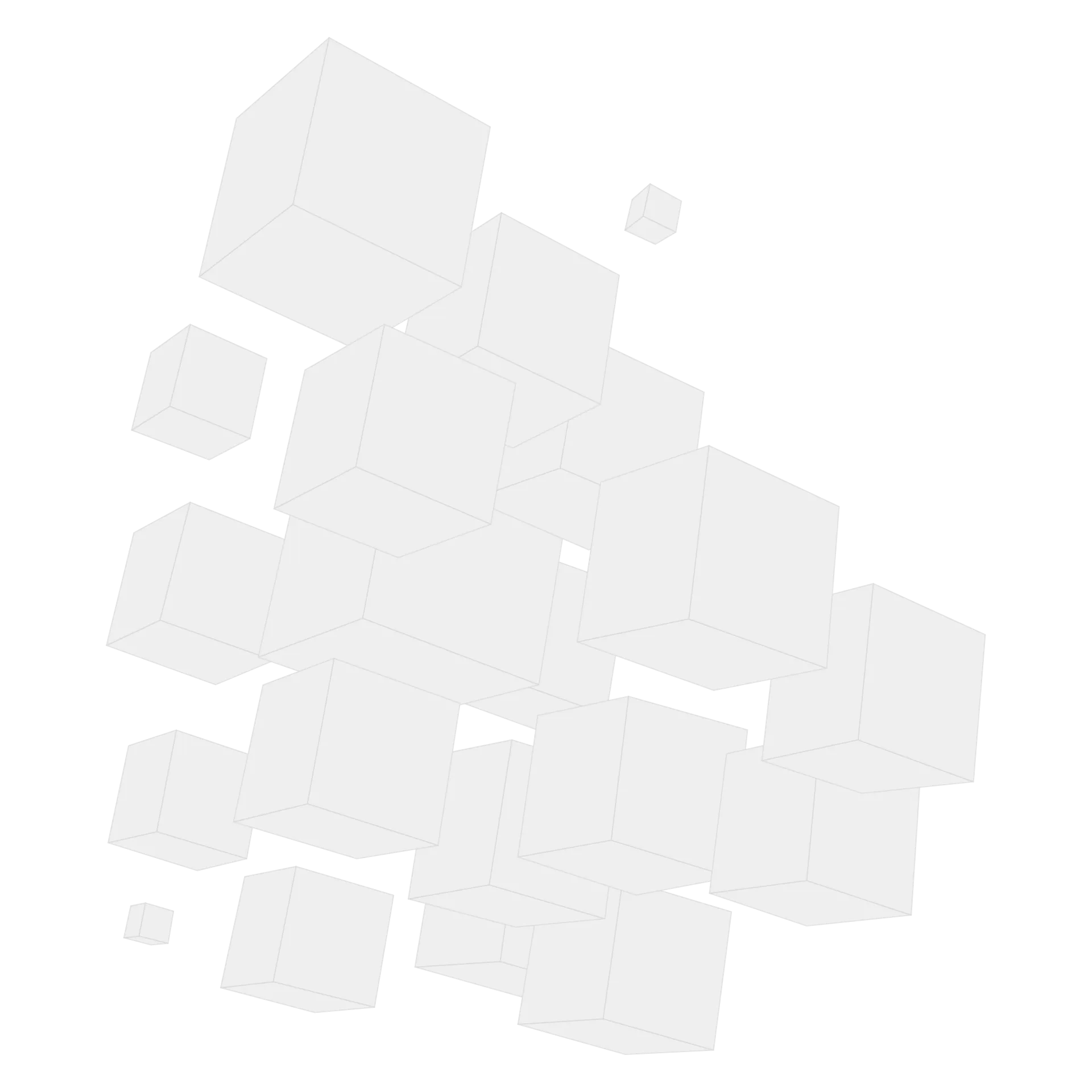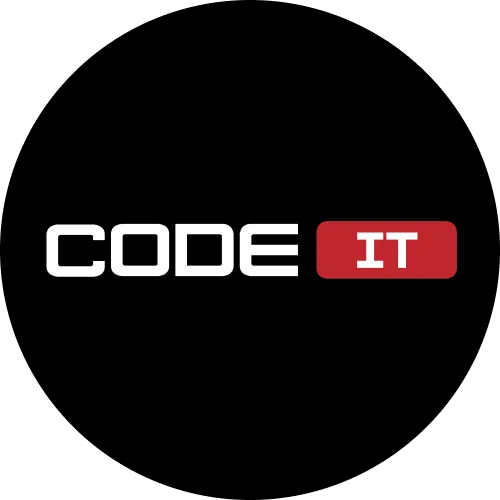Discovery Phase of a Software Project — Hints and Workflow


The transition from an idea to a successful product may be challenging and full of unexpected pitfalls. Harvard Business Review states that roughly 65% of projects end up failing, wasting a lot of resources.
Many successful businesses have failed because of abandoning the discovery phase of a software project. Improper goals, insufficient planning, and lack of research are the foremost reasons that force projects to fail.
Munchery, a successful grocery & recipe delivery startup, failed when it tried to scale up. Due to the lack of business model analysis and competitor research, the company couldn’t withstand the competition with powerful businesses that offered more demanded services.
Let’s discover what the project discovery phase is and how it helps deliver successful solutions in the post below.
What Is The Discovery Phase?
The discovery phase is usually a part of the software life cycle. It is the procedure of discussing a project with a client and collecting as much data as possible. It helps businesses test and validate their ideas before the development of a product begins.

The thoroughgoing research helps businesses define and mitigate risks before they turn into bottlenecks or increased product development costs.
The project discovery phase can be divided into two sections that are the following.
- Business part — a product vision, ideal customers, goals, competitors, etc.
- Engineering part — a feature set, design, technology stack, etc.
Many specialists should be involved in conducting comprehensive research and validating an idea. They identify problems and discover the best solutions to make the product development process smooth and successful.
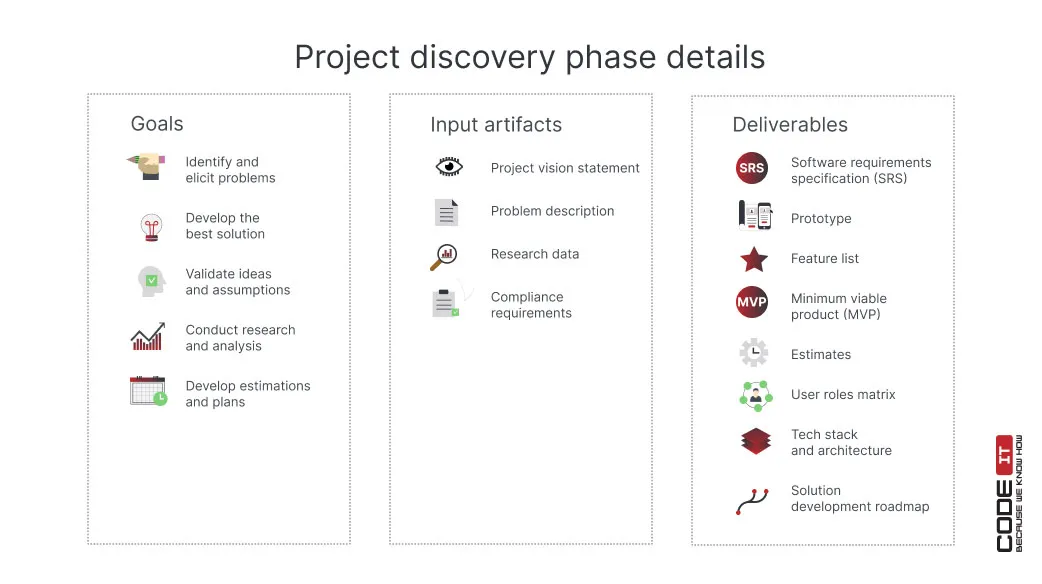
Project Discovery Phase Goals
The discovery phase helps verify business assumptions before tapping into custom software development.
The primary objective of the discovery phase is to elicit a problem and define the best solution that will bring value to stakeholders.
The other goals of building a digital product are:
- detailed research and analysis
- ideas validation
- estimation and planning
Input Artifacts
In order to conduct a detailed and research-baked analysis, BA experts need to analyze a lot of data. The foremost documents that should be prepared are:
- Project vision statement. It is a document that specifies long-term goals aimed to achieve by a business and the primary purpose of a product.
- Problem description. It refers to the initial information about a problem faced by a business or the goals it strives to achieve.
- Research data. It refers to any type of research-based information that elicits project requirements. It may have the form of questionnaires, market research reports, etc.
- Compliance requirements. Many products should be compliant with diverse regulations, depending on their functionalities and data types processed. All the compliance requirements should be gathered in advance.
Involved Roles
The foremost roles that should be involved in the project discovery stage on a permanent basis are the following.
| Role | Responsibilities |
|---|---|
| Business analyst | Research, gathered data analysis, problem elicitation, and solutions presentation |
| Product owner | Product vision development, goals definition, and solutions approval |
In order to facilitate project management or access the required expertise, additional roles should be involved upon demand.
| Role | Responsibilities |
|---|---|
| Project manager | Smooth communication establishment, information sharing and clarification, planning, progress monitoring, and reporting |
| Software architect | Selection of the best technologies to develop a solution and estimation |
| UI/UX designer | User experience sketches creation. Also, they can be requested to develop a new product’s user interface |
| Backend engineer | The analysis of requested front-end functionality and development time estimation |
| QA engineer | Assessment of quality assurance tasks and estimation of the time needed to complete them |
| Front-end engineer | The estimation of resources and time needed to develop a web interface |
Project Discovery Phase Deliverables
When the discovery phase of a software project is completed, the following deliverables should be received.
- Software requirements specification (SRS). It contains the entire architecture and all the technical data of the future project. This documentation should be reviewed and approved several times before being passed on to the heads of technical departments.
- Prototype. It is the initial version of a product with the most important features to test and validate an idea.
- Feature list. It is a list of functionality to develop. All the features should be well-described.
- Minimum viable product (MVP). It is a detailed description of an MVP, its features, architecture, and other peculiarities to form a clear vision.
- Estimates. It is the approximate estimation of a budget and time the involved team will take to complete all the tasks.
- User roles matrix. It is a document that defines potential app users and describes them in more detail.
- Tech stack and architecture. It is a set of documents describing the best technologies to use for developing a solution. Also, they define how a solution should work.
- Solution development roadmap. It is a detailed description of the solution development process, including all the milestones.
Discovery Phase Timeline
The estimation of the time the discovery phase of a software project will take is a challenging process.
The time required to complete the phase is affected by many factors, including:
- size of company
- complexity of problems
- availability of information
- involvement of stakeholders
All the information should be assessed by involved experts to estimate the time required to develop the best solution.
Want our experts to estimate the project discovery phase for your project?

Business First
Code Next
Let’s talk
Five Steps Of The Discovery Phase Of A Software Project
The discovery phase in software development implies five stages. They help define real problems and form a concept of a solution for business.
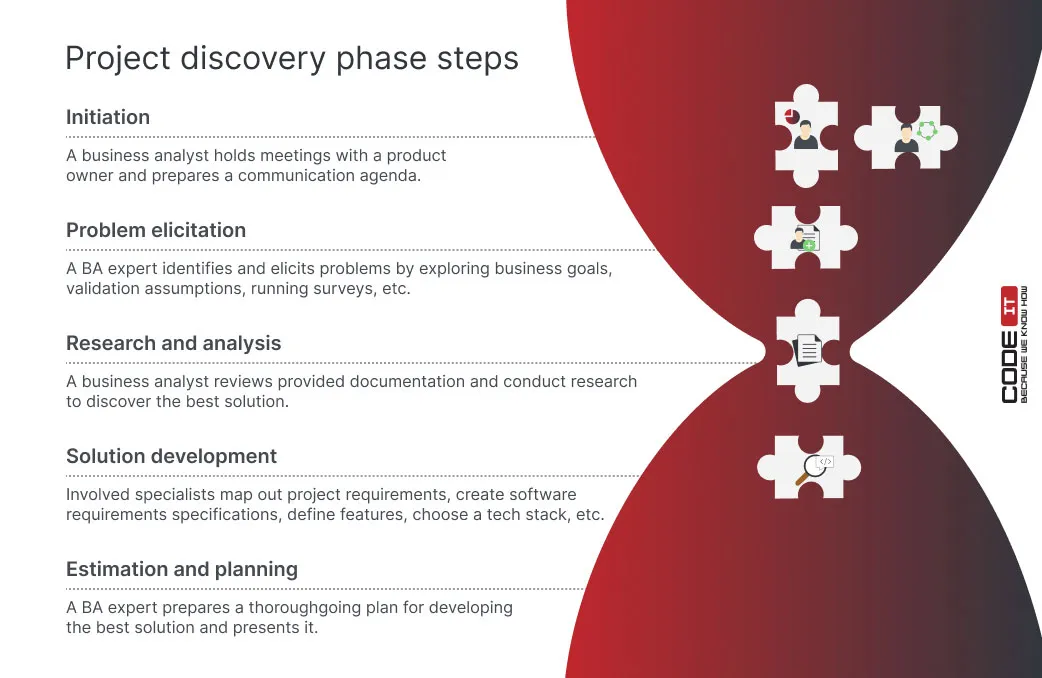
The phase may imply different stages, depending on the company. Hence, there is no unified project discovery phase template to use.
At CodeIT, the discovery phase template consists of five crucial stages. Find the discovery phase checklist and foremost activities in the post below.
1. Initiation
The initiation stage implies preparation activities to smoothly run the discovery phase of a software project. A business analyst should communicate with stakeholders to collect information about a project.
The foremost goal of the initiation phase is to form a clear understanding of a problem that a business aims to solve. It’s recommended to prepare a communication agenda in the initial stage.
2. Problems Elicitation
The stage aims to take a deeper look at the problems a business needs to solve. A business analyst runs meetings with stakeholders to discuss the stated business goals, validate assumptions, and elicit new project requirements. Other activities that help BA experts elicit problems are:
- surveying using questionnaires
- interviewing
- brainstorming
- observation
3. Research and Analysis
In this stage, a business analyst takes a deeper dive into the project to identify the best solution and understand how to develop it. The foremost set of activities is the following.
- Documentation review. A BA expert thoroughly reviews raw data provided by a client to learn more about a project, objectives, problems, trends, etc.
- Competitor research. The detailed analysis of solutions offered by competitors to create a stand-out solution that will help take leading positions in a niche.
- Target audience research. The detailed analysis of the groups of users who are targeted by a business.
- SWOT analysis. It is the process of identifying and analyzing the strengths, weaknesses, opportunities, and threats of a company to assess internal and external factors that affect a business.
- “As it” and “To be” identification. It needs a business to indicate the current state and the desired state of a product in the future.
- Gap analysis. With identified “As it” and “To be” states of a product, a business analyst can conduct a gap analysis to develop the best way to achieve the desired state.
- Business model canvas preparation. A business analyst prepares and starts filling a business model canvas with all the acquired information.
4. Solution Development
The BA expert, stakeholders, and tech specialist work together to develop the best solution to achieve identified business goals. They also map out detailed project requirements to develop a prototype. The set of foremost activities in this stage is as follows.
- User roles map development. A BA expert creates a detailed document, defining all the roles of a solution users, their permissions, and the functionality they can access.
- Tech stack and architecture selection. Tech specialists define the best technologies to use for developing a digital solution.
- Scope of work definition. It is a prioritized list that includes detailed information about all the work that should be performed.
- Feature list. It is a list that specifies all the functionality a developed solution should have.
- API integrations definition. Tech experts select third-party services that should be integrated via API.
- Monetization model selection. The way a developed solution will make profits.
- Software requirements specification (SRS) creation. A set of documents that specify all the components of a solution and how they need to work to deliver the required functionality.
5. Estimation and Planning
A business specialist creates a thoroughgoing plan for developing the identified solution and validates it with stakeholders. The final stage implies the following activities.
- Solution proposal creation and presentation. A business analyst prepares all the artifacts and shares them with the stakeholders for further discussion and validation.
- User story map creation. A BA creates a document that implies a detailed description of all the tasks that should be performed by defined team members.
- Estimates preparation. A business analyst estimates the approximate time and budget required to develop an MVP.
- MVP development roadmap. A BA creates a detailed plan for developing a defined and approved solution.
- Prototype development. Software engineers develop a prototype with essential functionality to validate a new solution.
Hire a business analyst to conduct project discovery at CodeIT

Business First
Code Next
Let’s talk
When To Opt For Product Discovery
The discovery phase of a software project can be useful for businesses that strive to achieve various goals.
We recommend considering the discovery phase of an IT project in the following cases.
- Product development funds raising. A validated idea and research-baked roadmap can help increase the chances of successful money raising.
- New product development. The project discovery phase helps develop a detailed roadmap for creating a new digital solution from scratch.
- Product upgrade. Understand what new features are the most demanded by users. Create a prioritized list of new functionality to develop.
- Product scaling. Discover how to effectively increase the number of clients by developing the most effective strategy.
Risks Discovery Phase Of A Project Helps Avoid
Many reasons can force businesses to skip the discovery phase of a software project. The most widespread are:
- the desire to deliver a product as fast as possible
- lack of experience
- overvalued personal assumptions
The abandonment of the project discovery phase can lead to severe unexpected issues, even in agile environments. The foremost issues that the discovery phase helps avoid are:
- Endless scope of work. The absence of a thoroughly-defined product development plan leads to an ever-changing backlog of tasks.
- Unreached business goals. With a lack of research, businesses may develop products that their clients don’t need. Alternatively, their competitors may offer better solutions.
- Bloated budget. A large number of change requests increase the amount of work, leading to an increased budget.
- Missed deadlines. Having insufficient requirements and an undefined scope of work, developers can hardly complete tasks on time.
Mitigate software development risks with CodeIT’s expertise!

Business First
Code Next
Let’s talk
Project Discovery Phase Advantages
In general, the essence of the DP is to provide all team members and all stakeholders with a single stack of knowledge about the project, get rid of any confusion & uncertainty, and create a clear work plan for the coming months.

The advantages of the discovery phase of a project are:
- Mitigation of risks. Possible risks and solutions are discovered at the pre-developments stage.
- A clear development plan. Based on the agreed technical requirements, SRS, and UX sketches, technicians can develop an understandable step-by-step plan and follow it.
- Estimated cost and time. The thorough analysis conducted by involved specialists helps develop a well-defined timeline and expense estimate.
- An enhanced business strategy. Product or business strategy improvements are discovered during the project discovery phase.
- A faster product launch. A thorough plan with instructions on tackling the majority of risks can help speed up the product development process.
Discovery Phase Example — CodeIT Expertise
We at CodeIT focus on developing digital solutions that deliver real value. Therefore, we conduct business analysis when developing new products to clearly understand real problems and find the best solutions.
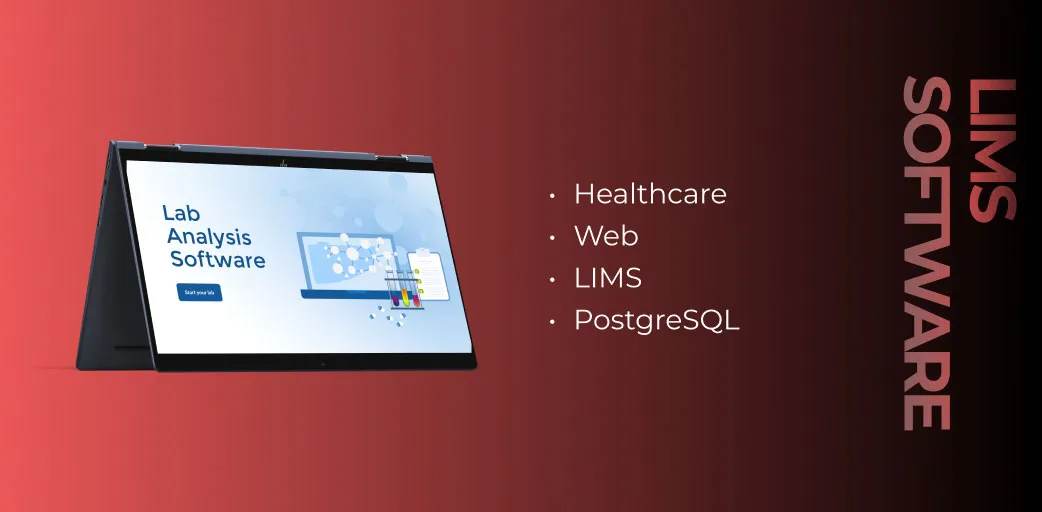
The client wanted to develop a web application to help lab workers facilitate their work. Also, the software had to automatically compose user-friendly documentation and reports. Striving to develop a fail-proof solution, we have allocated a business analysis expert to thoroughly analyze all the requirements and develop the best solution.
As a result, our team has developed a web application that helps achieve business goals. The solution helped to improve the performance of lab staff by 30%. The number of errors has decreased three times thanks to automation and human factor elimination.
Software for Medical Laboratory Equipment
To Recap
The discovery phase of a project is crucial because it offers the opportunity to analyze a business problem, define the best solutions, and validate them. It helps increase the success rate by defining risks and possible ways to mitigate them before the development of a digital solution begins.
Usually, the discovery phase of an IT project implies five stages that are the following.
- Initiation
- Problem elicitation
- Research and analysis
- Solution development
- Estimation and planning
As a result of a project discovery phase, businesses can receive clear software requirements specifications, a prototype, a product development roadmap, estimates, a defined tech stack and architecture, and other useful documents.
FAQ
The discovery phase of a project is aimed at analyzing and validating a business idea. Moreover, it helps develop a detailed roadmap for creating the best solution that brings real value to stakeholders.
The discovery phase of a software project may imply different stages. The five product discovery steps at CodeIT are:
- Project initiation
- Problem identification and elicitation
- Research and analysis
- Development of a solution
- Estimation and planning
Input artifacts required to gather before launching the project discovery phase can vary. Usually, businesses need to collect the following:
- project vision statement
- problem description
- research data
- solution compliance requirements
Usually, the discovery phase report implies information about identified problems and discovered solutions. The foremost output artifacts are:
- software requirements specification (SRS)
- prototype
- feature list
- minimum viable product (MVP)
- estimates
- user roles matrix
- tech stack and architecture
- roadmap
The project discovery phase should be completed by a business analyst. A product owner on a permanent basis. Other IT specialists with the required expertise can be involved upon demand.
The importance of the discovery phase is to discuss at the earliest stage all the details of the future project, identify its goals, target audience, market segment, technical specifications, and design code to create a project that will meet the needs of a client and customers.
Build your ideal
software today

